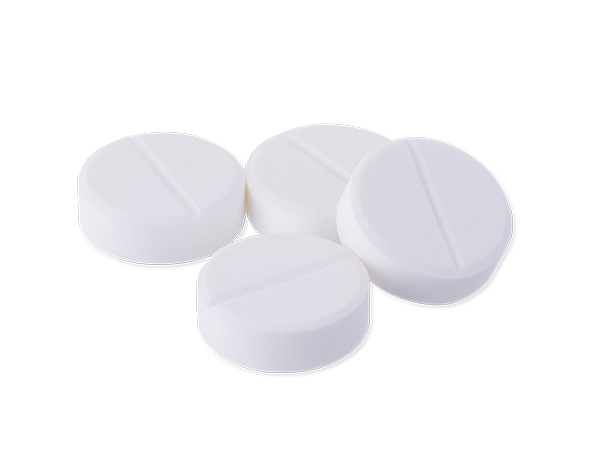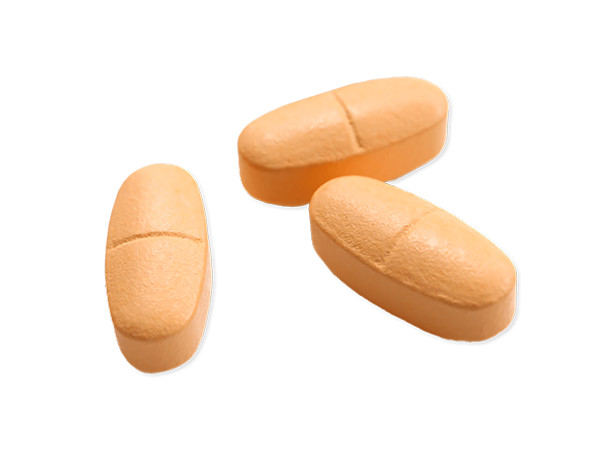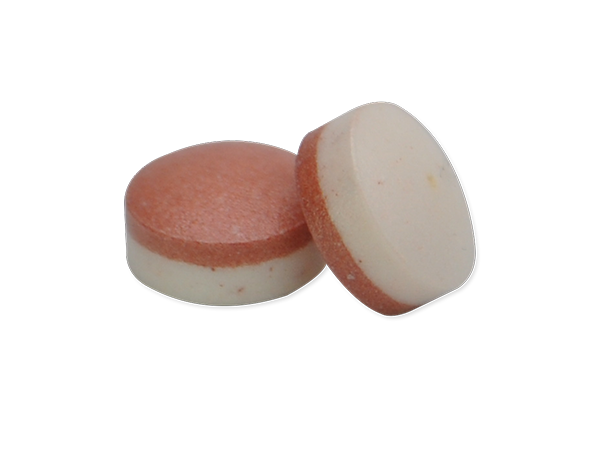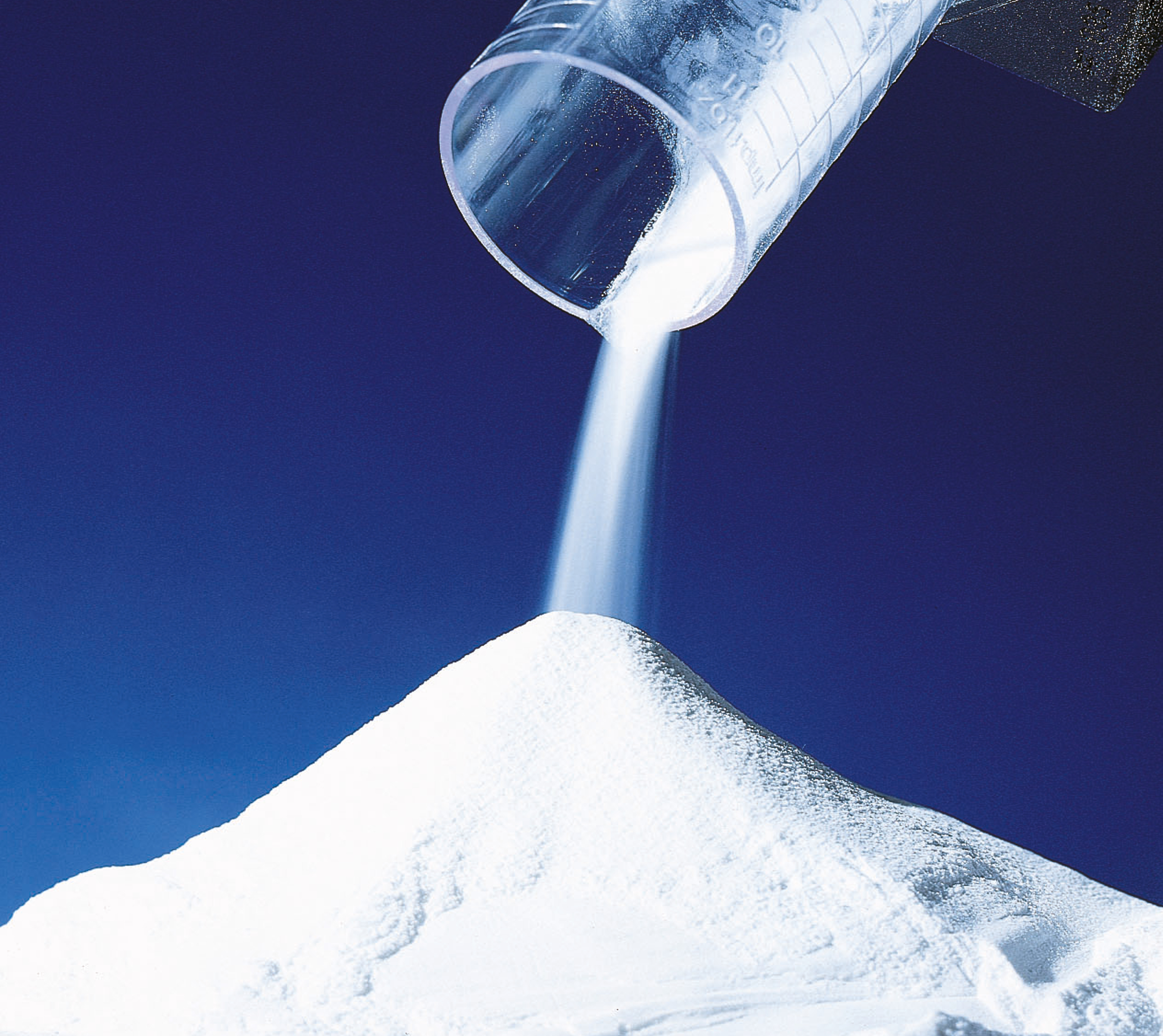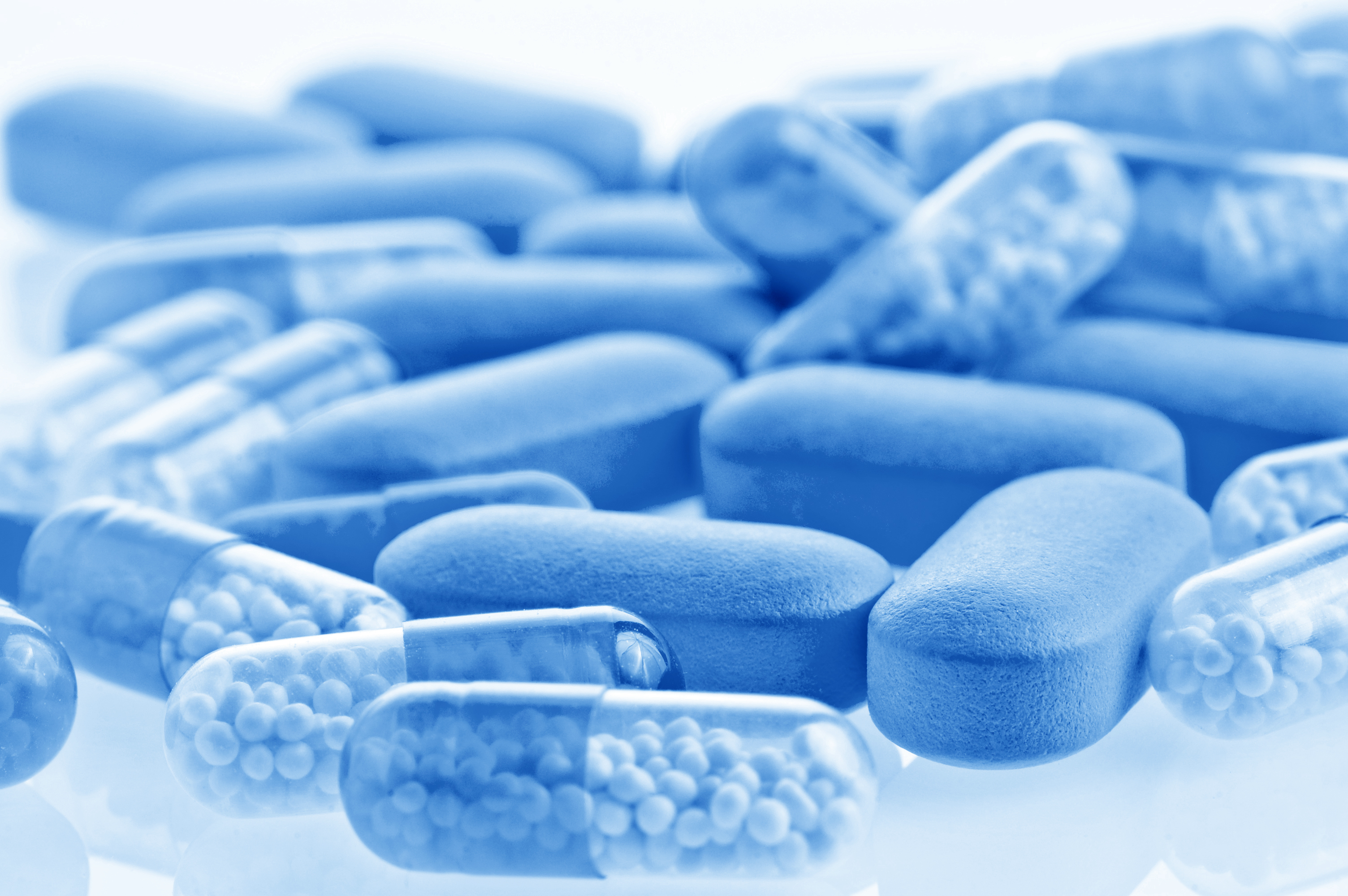- Home
- Education & Insights
- Search
- What Are Excipients? 9 Common Examples
What Are Excipients? 9 Common Examples
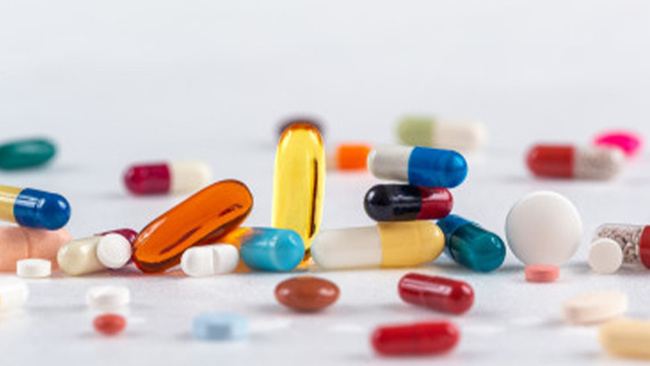
An excipient is an inactive ingredient in pharmaceutical or nutraceutical formulations that plays a vital role in drug delivery. Excipients enhance stability, improve safety, effectiveness and compliance, and ensure medications perform as intended.
The global excipients market was valued between $8.85 and $9.3 billion in 2024, and is projected to reach $14–17 billion by 2032–2034, growing at a CAGR of 5.5–7.5% (Data Bridge). With such a wide array of excipient types available, this article focuses on the most commonly used in solid oral dosage forms.
Whether you're formulating a new product or refining an existing one, understanding these components can help you develop standout solutions in a competitive market.
Key Takeaways
- Excipients are inactive ingredients that play a critical role in drug delivery by enhancing stability, bioavailability, and patient experience.
- The global excipients market is rapidly growing, expected to reach $14–17 billion by 2032–2034, driven by innovation and demand for advanced formulations.
- Excipients are classified by function—such as binders, disintegrants, lubricants, diluents, and coating agents—each contributing to tablet performance and manufacturability.
- Multifunctional and solubility enhancing excipients are gaining traction for their ability to streamline formulation and improve drug absorption.
- Emerging trends include natural excipient preference, sustainability, and digital tools like Hyperstart C2C™ that accelerate development and support regulatory compliance.
What Purpose Do Excipients Serve in Pharmaceuticals?
Excipients often serve multiple purposes in pharmaceutical formulations, from improving manufacturability to enhancing patient experience. Here are some of the key purposes:
- Improved patient experience and medication adherence
- Ensure stability and extend shelf-life
- Enhanced bioavailability
- Improved manufacturability
- Control drug release
- Act as fillers or carriers
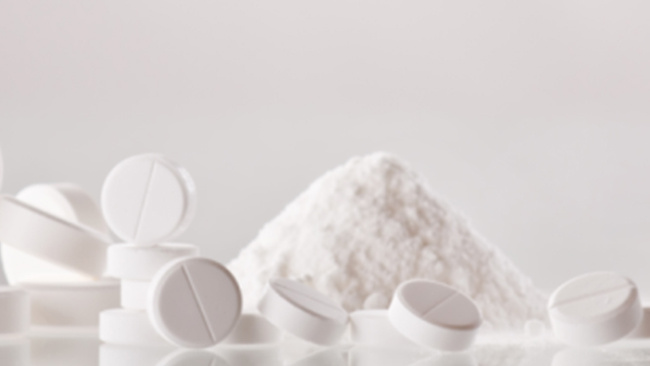
How Excipients Are Classified
Excipients are typically classified based on their function in the formulation. We’ve listed some of the most widely used excipients in tablets and capsules:
Binders
Binders are essential for holding the ingredients in a tablet together, ensure that the dosage form maintains its shape and integrity. They provide the necessary cohesion for granulation during the manufacturing process. Examples of binders include:
- Cellulose and its derivatives (e.g., microcrystalline cellulose (MCC), hydroxypropyl cellulose)
- Starches
- Polyvinylpyrrolidone (PVP)
- Sugars (e.g., sucrose, lactose)
- Gelatin
Disintegrants
Disintegrants play a crucial role in ensuring that tablets break apart quickly when they come into contact with moisture. This rapid disintegration facilitates the release of the active pharmaceutical ingredient, promoting faster absorption. Common disintegrants include:
- Croscarmellose sodium
- Sodium starch glycolate
- Crospovidone
- Low-substituted hydroxypropyl cellulose
Lubricants
Lubricants are vital for the manufacturing process, reducing friction between the tablet and the machine parts during compression and ejection. They also help prevent ingredients from sticking to tablet punches and dies. Examples of lubricants are:
- Magnesium stearate
- Stearic acid
- Talc
- Sodium stearyl fumarate
Glidant
Glidants reduce interparticle friction and improve flow during the manufacturing process. They are typically added just prior to tablet compression. Examples of glidants are:
- Starch
- Talc
- Magnesium stearate
Diluents (Fillers)
Diluents, also known as fillers, are used to bulk up the formulation when the active ingredient is present in small quantities. They help achieve the desired tablet size and weight. Common diluents include:
- Lactose
- MCC
- Dicalcium phosphate
- Mannitol
Coating Agents
Coating agents are used to protect the tablet from environmental factors, mask unpleasant tastes, or control drug release. They can also improve the appearance and ease of swallowing. Examples of coating agents include:
- Hydroxypropyl methylcellulose (HPMC)
- Ethylcellulose
- Polyvinyl alcohol
- Methacrylic acid copolymers
Controlled Release Excipients
These specialized excipients are designed to modify the release profile of the active ingredient, allowing for sustained or targeted drug delivery. Examples include:
- Hydrophilic matrix polymers (e.g., HPMC, alginate)
- pH-dependent polymers (e.g., Eudragit® polymers)
- Lipid-based excipients for extended-release
Multifunctional Excipients
These excipients combine multiple functionalities, streamlining formulation development and potentially reducing the number of ingredients needed. Examples of multifunctional excipients:
- Co-processed excipients combining disintegrant and binder properties
- Excipients with both lubricant and glidant functions
Solubility Enhancing Excipients
For poorly soluble drugs, excipients can significantly improve bioavailability by enhancing dissolution. Examples of solubility enhancing excipients:
- Cyclodextrins
- Solid dispersions using polymeric carriers
- Self-emulsifying drug delivery systems (SEDDS) components
Origin of the Excipient
When classifying excipients, their origin is also an important factor. Natural excipients, derived from plants and minerals, are generally non-toxic and valued for their biocompatibility. Synthetic excipients, by contrast, are produced through chemical synthesis. While neither type is inherently superior, growing consumer and patient demand in recent years has placed a stronger emphasis on natural ingredients.
Explore Our Excipient Products
9 Examples of Excipients with Formulation Considerations
When selecting excipients the formulator must also consider any challenges that may arise that could negatively affect the final medication. Let's explore some of the most common types of excipients, their function and formulation considerations:
|
Excipient Function |
Examples |
Primary Purpose |
Formulation Considerations |
|
Binder |
|
Hold ingredients together; provide tablet strength and integrity. |
A combination of excipients is often recommended to achieve desired tablet properties. Overly strong binding can slow disintegration; choice depends on compression properties. |
|
Diluent / Filler |
|
Add bulk to ensure appropriate tablet size and weight. |
Must be inert, compatible with API, and stable; lactose intolerance can be a concern. |
|
Disintegrant |
|
Facilitate tablet breakup in GI fluids for drug release. |
Must balance rapid disintegration with tablet hardness and stability. |
|
Lubricant |
|
Reduce friction during tablet compression and ejection. |
Excess lubricant may reduce dissolution rate and tablet hardness |
|
Glidant |
|
Improve powder flow during tablet manufacturing. |
Overuse can impact compressibility and drug uniformity. |
|
Coatings (Film / Sugar / Functional) |
|
Protect drug from moisture and oxygen, mask taste, aid swallowing, control release, aid identification and improve patient compliance. |
Interactions with APIs must be considered. Functional coatings (enteric, sustained release) require precise formulation. |
|
Multifunctional Excipients |
|
Enhanced binding and flow. Reduces moisture uptake thus improving stability. Reduces or eliminates the need for binders and superdisintegrants and minimizes levels of lubricants and glidants needed in the formulation. |
Upgrading to multifunctional excipients may require some investment but formulation and manufacturing becomes less complex. |
|
Control Release |
HPMC can be used within the core tablet to modify drug release. Coatings like Surelease and Ashakote can be applied to the tablet core to modify release. Newer excipients like Corelease reduce manufacturing steps in osmotic tablet formulations. |
Controlling release increases complexity as it requires precise formulation. |
|
| Solubility Enhancing Excipients |
|
Improve bioavailability of poorly soluble drugs without physically modifying the API. |
Expensive, adds complexity to formulation, requires specialized knowledge. |
How Are Excipients Selected?
Formulators select excipients based on their functionality, ensuring they support the dosage form’s performance as fillers, binders, stabilizers, or other roles. Compatibility with the API is essential to maintain stability and bioavailability, while safety and toxicity profiles guide the use of excipients with well-documented tolerability. Each choice must align with the route of administration, as requirements differ for oral, topical, or parenteral products.
In addition, excipients must comply with pharmacopeial and regulatory standards (e.g., USP, Ph. Eur.) to ensure quality and acceptance in global markets. Practical considerations like quality, cost, supply reliability, and ease of sourcing affect feasibility, while manufacturing constraints like processing method or equipment compatibility influence consistency. Balancing these criteria helps formulators design drug products that are safe, effective, and commercially viable.
Emerging Trends in Excipients
There is increasing interest in multifunctional excipients that can reduce formulation complexity, increase manufacturing efficiency and enhance patient compliance. Advances in nanotechnology and biopolymer-based materials are driving innovation, offering new opportunities for controlled release and precision drug delivery.
Regulatory acceptance of new excipients remains a challenge, but initiatives like the FDA’s Novel Excipient Review Pilot Program are opening pathways for innovation. Sustainability and supply chain resilience are also shaping selection, with formulators seeking greener, renewable, and more reliable sources. Digital tools, like Colorcon’s Hyperstart C2C™ service are now routinely used to reduce development time. Together, these trends are shifting excipient selection toward more advanced, sustainable, and patient-focused solutions.
Summary and Key Takeaways
The world of pharmaceutical excipients is vast and continually evolving. From traditional binders and disintegrants to cutting-edge multifunctional and bioadhesive excipients, the choices available to formulators are more diverse than ever. By carefully selecting and combining these ingredients, pharmaceutical companies can create innovative, high-performance products that meet the needs of both patients and healthcare providers.
Remember that the right choices can significantly impact your product's efficacy, stability, and market success. Stay informed about the latest developments in excipient technology, and don't hesitate to explore novel options that could give your formulations a competitive edge. With the right blend of science and innovation, your next pharmaceutical product could set new standards in drug delivery and patient care.
Frequently Asked Questions
- What is an excipient?
An excipient is an inactive ingredient in the pharmaceutical or nutraceutical formulation that plays a vital role in drug delivery. Excipients enhance stability, improve effectiveness, and ensure medications perform as intended. - Where can I find expert information on excipients?
The International Pharmaceutical Excipients Council (IPEC) Federation are a global organization that harmonize guidelines and promote the importance of quality of excipients. - How do excipients improve drug stability?
Excipients protect the API from degradation due to moisture, light, oxygen and heat. Excipients help to stabilize drugs by inhibiting water activity. The right excipients act as a protective barrier to ensure the drug doesn’t lose potency, rendering it ineffective. - Which excipients help with tablet disintegration?
Starch 1500, Croscarmellose sodium, Sodium starch glycolate and Crospovidone are examples of excipients that help a tablet disintegrate, thereby releasing the drug. - Are excipients safe for patients?
Yes, excipients are very safe. All ingredients included in a pharmaceutical product undergo extensive testing and excipient must comply with strict regulatory requirements. - Can excipients cause side effects or allergic reactions?
Like any ingredient, excipients can cause side effects or allergic reactions. A common example is sorbitol which can cause diarrhea. Lactose can trigger reactions in some individuals, although is widely caused by an intolerance rather than an allergy.
